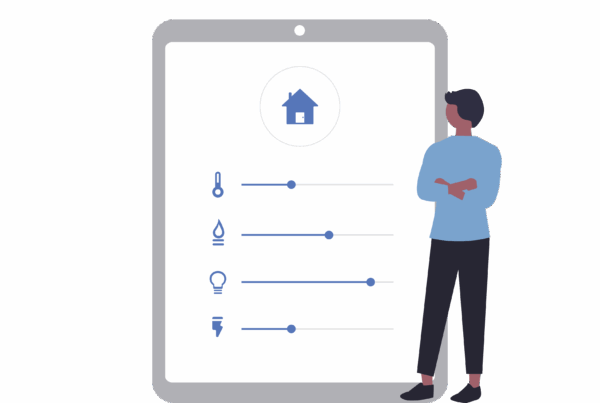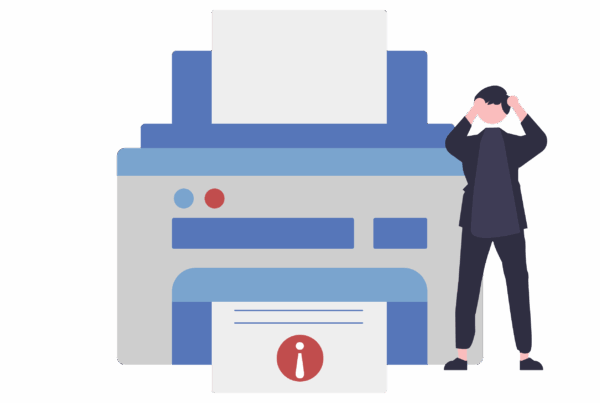
Humans can have a weird fascination with catastrophe, whether they’re revelling in grotesque depictions of demons as found in the art of the Middle Ages or avidly watching horror films of the 20th and 21st centuries. Undoubtedly, there is a psychological element to this fascination. Our brains are “wired” to learn from experiences. This is in part why science fiction, which often features unsightly monsters and aliens, and dystopian literature and film can do so well on the entertainment market. However, overexposure can numb our sense of the gruesome, overwhelming concrete emotions or even our ability to take proactive steps at self-preservation.
In the recent past, people got their daily dose of news through the radio and the TV. Nowadays, most people can access the news anytime and anywhere on their mobile devices, tablets, and PCs. That includes negative news. And since we are “programmed” to not look away, we easily dive into negative feeds and keep on scrolling. We have been doing this so much that there is now a term to describe it: doomscrolling.
Doomscrolling means actively seeking out and feeding on negative news. Naturally, this activity is heightened with the occurrence of negative and destructive events in the world. Two years ago, we saw an increase in doomscrolling with the surge of COVID-19 cases worldwide. Today, even though COVID-19 cases are on the decline and several countries are waiving restrictions, we are facing another threat, likely even greater than COVID-19.
Since the beginning of the war in Ukraine, we have seen an increase in terms like Ukraine, World War III, Russia, war and invasion being queried in search engines. Not only are people using these terms more, but media outlets, both online and print, are also feeding this trend.
So why do we doomscroll? It can be a form of gaining control over a situation. When people feel they cannot change a situation, they can become anxious and attempt to cling to the little control that is possible to have. While it’s rare to be able to control world events, we can control what content we consume. And that is precisely where we are failing when doomscrolling.
It may seem harmless, or even natural, but it can also be extremely damaging to emotional stability and intellectual development. Keeping ourselves permanently glued to a screen is never a good thing, especially when the content we consume is predominantly negative. Doomscrolling can also distract you from paying attention to other aspects of your life, both at home and at work. Finally, you may not be explicitly aware of the negative impact doomscrolling is having on you.
What can you do to prevent yourself from going down the rabbit hole of online doom?
- One thing you can do right now is to stop following news feeds posting negative content, especially on social media.
- Allot yourself limited time to educate yourself on negative topics. Try to stay informed, while steering clear of dangerous waters.
- Focus on positive interactions offline, for example, by surrounding yourself with friends and colleagues who you know can bring a little bit of light into your world. Seek out positivity, read or watch something positive, or do something you enjoy.
- Anytime you see yourself falling back to doomscrolling, try to occupy yourself with something else. Simply putting down your phone can sometimes do the trick.
- Use a screentime monitor to track how much time you are spending in apps.
The threat doomscrolling poses to digital security
Cybercriminals are clever at estimating people’s online behaviours. They know that in times of hardship – for ourselves or others – we tend to doomscroll and surround ourselves with negative content. Thus, they can prey on doomscrollers by offering malicious links to the next successive negative post. A malicious link can lead to scam offers, the download of malware, or fake login pages attempting to steal your account credentials. It may also be the first step to falling victim to a ransomware attack, a journey often begun by clicking on a malicious link without forethought.
It was precisely this logic that was revealed in multiple pieces of ESET research around COVID-19 scams. Right up to the present and the omicron variant, social and psychological factors connected with fear and greed have been leveraged by criminals for phishing scams, ransomware, targeting national health authorities, and fake vaccines and certificates, as well as fake or substandard tests, fake personal protective equipment, and personal and financial data theft. Now, sadly, within hours of the start of hostilities in Ukraine, charity scams had begun.
To protect yourself from the dangers of the online world, consider using quality security software, such as ESET Internet Security. ESET Internet Security is a complete security solution that combines maximum protection and a minimal system footprint. You will be protected against many different threats lurking in the digital world. On top of that, you can rest assured that your online banking and shopping are secure by using Banking & Payment Protection, which launches a secure browser to prevent an attacker from logging your keystrokes and stealing your passwords.
ESET Internet Security is specifically designed to protect home networks and devices. Purchasing a product license allows you to download and activate protection for your Windows, macOS, and Android devices, so you can enjoy the feeling of security for all your devices at all times.
If you are looking for information regarding the crisis in Ukraine, please visit our UA Crisis – ESET Response Center.



